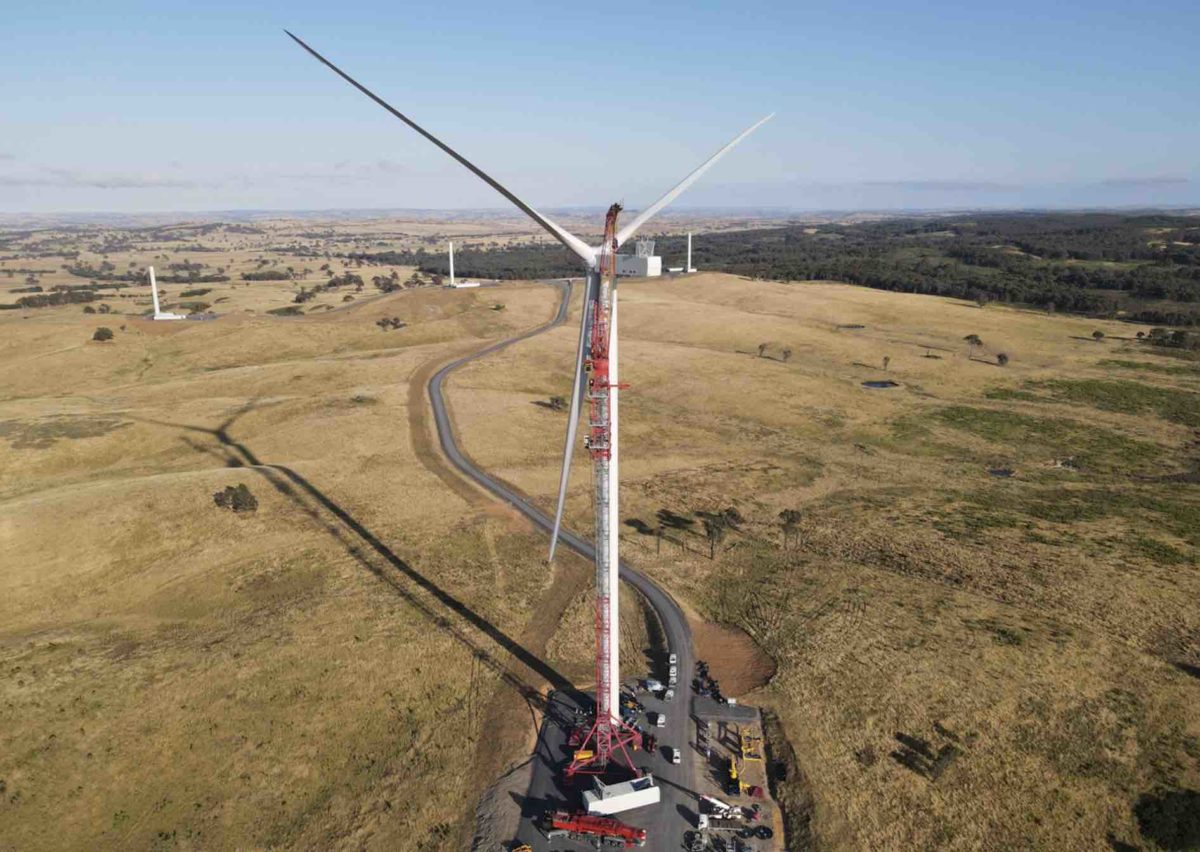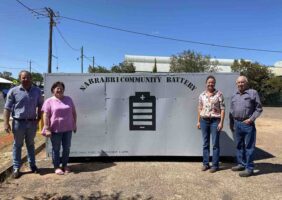Amid all the discussion of energy transition, big policy levers and technologies, it’s frustrating when we overlook a free ticket that’s in plain sight.
There is a simple omission that is stopping companies in Australia from fully understanding and abating their energy emissions.
There is an easy fix that would allow these companies to play a bigger role in the growth of renewable energy that the federal government could adopt under a consultation process that is underway. But time is running out to take it up.
Companies with an eye on emissions have been buying renewable energy in serious volumes since around 2020. They do this through green certificates known as Large-scale Generation Certificates, which in turn drive investment.
Voluntary buyers have helped build the economic incentive for renewable electricity and now make up over 20% of the renewable certificate volume, with company purchases supporting something like 2 gigawatts of assets in FY2023. This remains important work.
As the same time that the renewable transition needs growth in company demand, these companies need the confidence that the mechanisms they rely upon to buy renewable electricity certificates won’t leave them unknowingly misrepresenting their emissions.
There is a dawning awareness among these companies that that they still have energy emissions, even after they buy renewable energy certificates. Some companies are now wanting to step up and fully address their remaining energy emissions – and these can be material.
This takes some explanation: The renewable energy certificates bought by companies work by matching each megawatt hour of grid electricity that the company consumes with an equal number of megawatt hours of renewable output somewhere else in the power system.
The problem is that the megawatt hours exchanged between the grid energy that they use, and the renewable output they swap in, aren’t equal in terms of their impact on greenhouse gas emissions.
Except under very rare conditions, 100% renewable certificate energy use is not 100% emissions free.
The power system’s emissions intensity fluctuates with the sun and wind and how hard fossil fuel generators are running.
Companies might use energy when grid emissions intensity is high and buy certificates from when renewable output is abundant and grid emissions are already lower. A company doing this could be under the mistaken impression that they had fully cancelled out the emissions from their use of fossil fuelled electricity.
If high ambition companies understood that they hadn’t neutralised their energy use emissions, a new tier of green ambition could evolve centring on energy emissions.
The emissions data already exists and could be stamped on each megawatt hour-based certificate, with a just a small change to AEMO’s Carbon Dioxide Emissions Intensity Index.
Corporate buyers with energy use emissions want to direct their spend to where it matters for energy decarbonisation. Average emissions do this better across Australia’s states than industry talk of a theoretical marginal measure or cumbersome time-based credentials, and access to the data would spur innovation.
With this simple metric on the average emissions effectively displaced with each renewable energy certificate, companies can assess and report their real Scope 2 emissions with integrity, can better adapt their energy use to lower emission times, and can buy more renewable certificates, or certificates from renewable energy storage, to match their footprint.
We need more renewable electricity assets, supplying more renewable electricity across more hours of the day to keep Australia’s 2030 emissions reduction target within reach. Just 500MW in new projects reached a final investment decision in the first half of the year. There is simply not enough being built.
Part of the solution should be a richer incentive environment, with more companies buying more renewable electricity certificates to provide important top-up revenue for renewable projects. If only they had the simple tools they need to measure, disclose, and mitigate their energy usage emissions.
The federal government is consulting on plans to introduce a new certificate for voluntary buyers to be known as the REGO, the Renewable Electricity Guarantee of Origin.
The plans miss an important opportunity to grow company participation and investment in the renewable energy transition. A small upgrade in certificate data to include displaced average emissions can support the full growth potential of corporate action.
The consultation period in which this change could be included closes this week but there is still time to take action. It would be a tremendous shame if we missed an available window to implement this simple but important change.
In this critical decade for decarbonisation, we must use every lever available to us. Investment will be needed in transmission, firming and renewable electricity growth. Judicious use of existing certificate and emissions data infrastructure should do some of the heavy lifting.
Anna Hancock is an Executive Director at climate change investment and advisory firm Pollination. She is former Head of Sustainability and Climate at Energy Australia and is a Board member of the Carbon Market Institute






